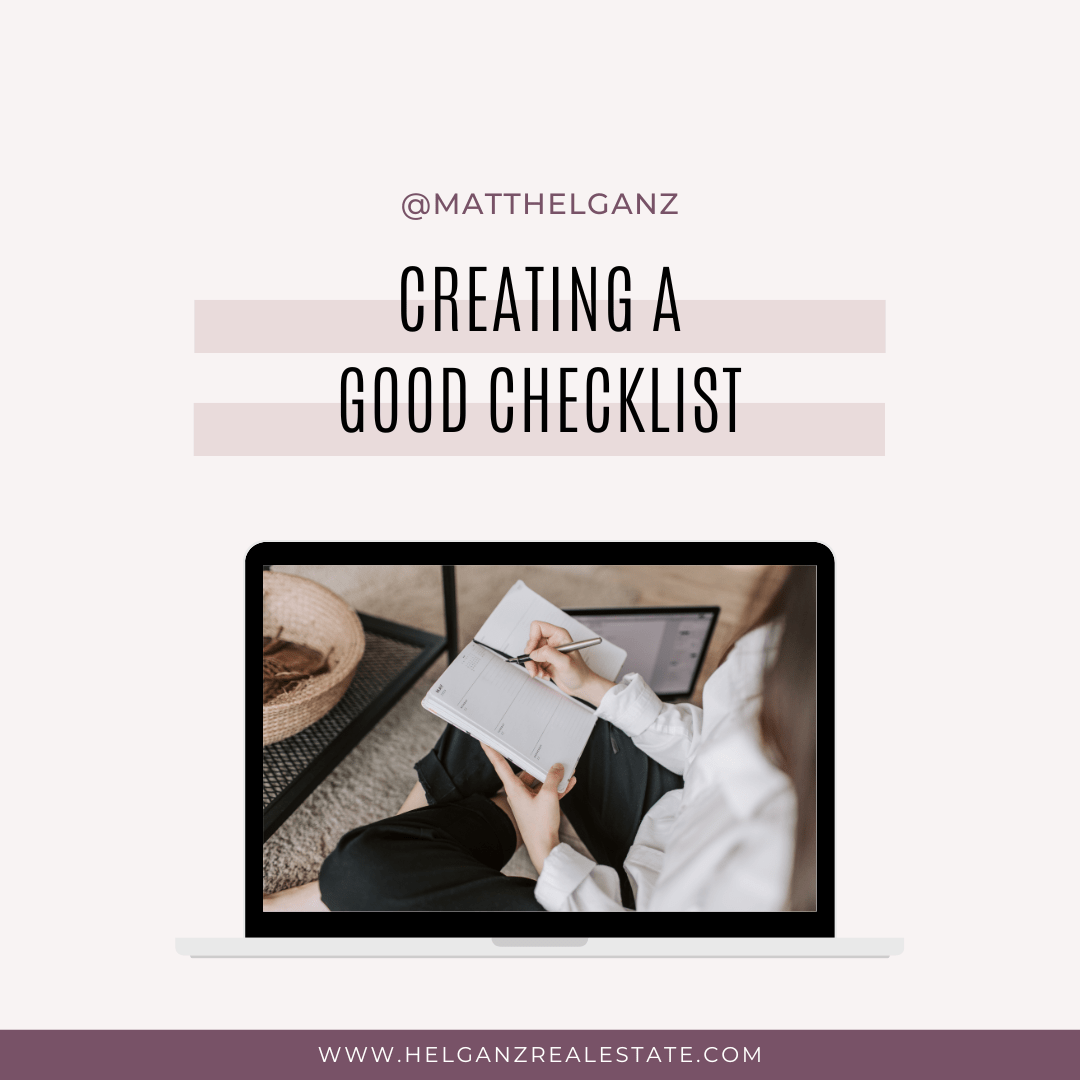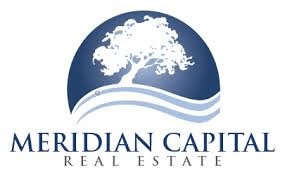Is Renting Better Than Buying?
Owning a home has its benefits, but it also comes with significant financial responsibilities, including repairs, taxes, insurance, and maintenance. Additionally, you’ll need to consider city maintenance for streets, sewers, curbs, and sidewalks near your home. These costs can be even higher if your house is on a corner lot.
However, don’t let these costs deter you from homeownership. If you have the desire and the funds to buy a home, it’s essential to understand government policies to ensure your house is a sound investment. Think of it as running a business with city and state financial departments to maximize your investment potential.
It’s crucial to understand the homeownership process, from completing and filing paperwork to contacting the necessary agencies. The process can be complex and discouraging, but your role as an investor involves owning and maintaining your property. You don’t need to know everything about the business side of owning a home; instead, team up with trusted experts. This team should assist with prompt payments, tax assessments, insurance, maintenance, HOA requirements (if applicable), upgrades, and necessary repairs. If this sounds overwhelming, renting might be a better option.
Renting supports property owners and doesn’t require a large upfront investment or payment of taxes. Consider the following questions:
- What is your income?
- How much is your rent?
- What is your credit rating?
- How much do you spend and save?
- How well do you manage your finances?
Assessing these factors will help determine if you’re ready for homeownership. Additionally, consider the current economic conditions and your understanding of the market, government regulations, and policies.
If you want to buy a property and increase its value, you need knowledge in finances, real estate, taxes, government policies, city building codes, and have a good credit rating. With this knowledge, you can grow your investment and potentially start others for your family’s future.
Over time, the value of your home should increase, reflecting your success as an investor. Utilizing government tax systems and policies, you can borrow against your home’s value tax-free and earn tax-deductible income. This strategy has helped many finance other expenses, such as tuition, new homes, or additional investments.
For example, if you buy a home for $600,000 and sell it for $1,000,000, you can gain up to $500,000 tax-free as a married couple. Real estate transactions like this offer significant tax advantages and can be a valuable part of your retirement plan.
When it comes to investing, the best time is now, but careful planning is essential. Work with a team of professionals who can assist with financial and legal matters. A real estate agency can guide you to good investments and help you maximize your tax-free earnings.
Renting vs. Buying:
| Renting | Buying |
| No tax deduction | Tax write-off |
| Rent can increase |
Mortgage payments are stable
|
| Can’t make changes |
Freedom to make physical changes
|
| Can be evicted |
Home value increases over time
|
| Temporary living situation |
Long-term ownership
|







